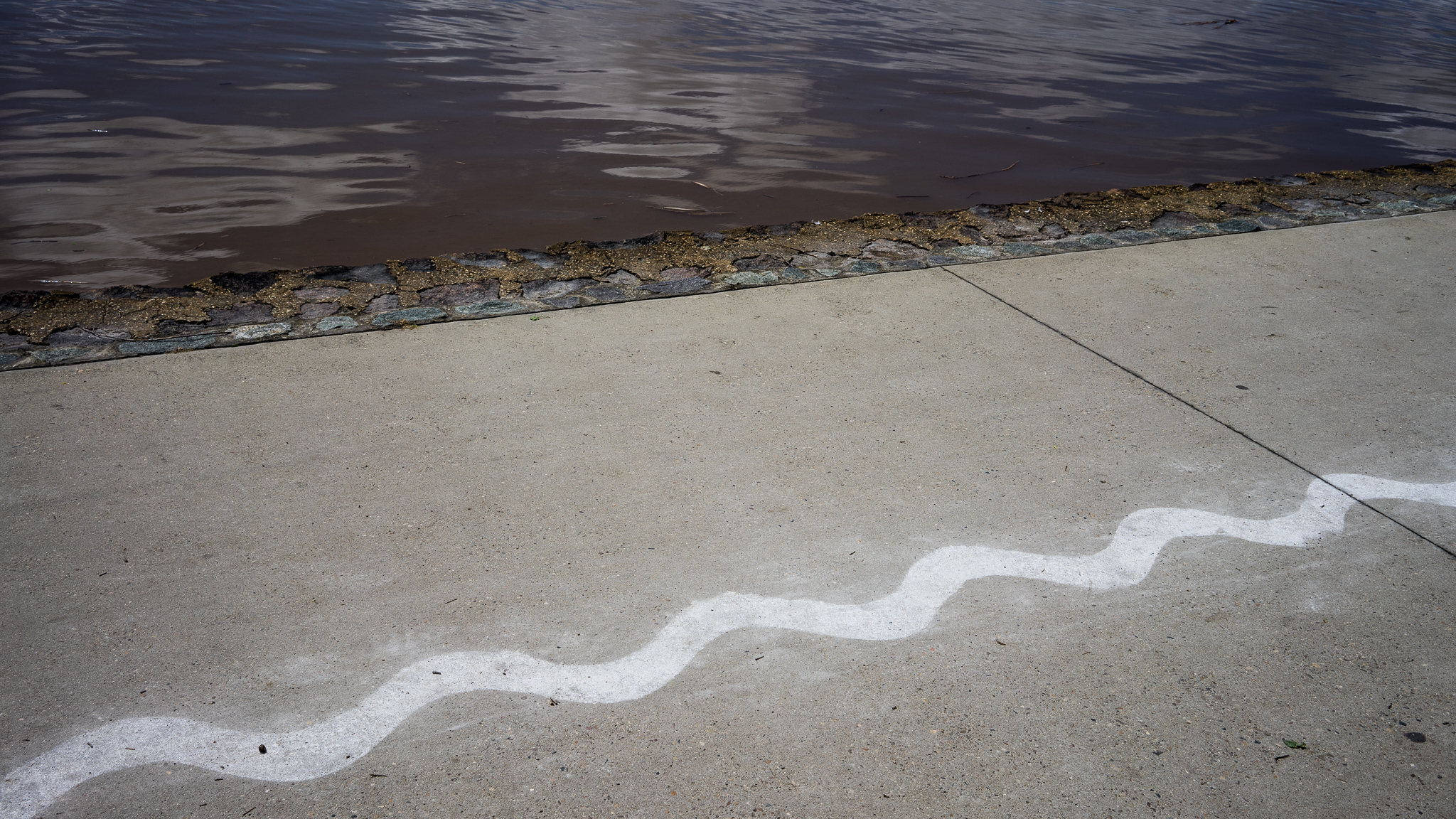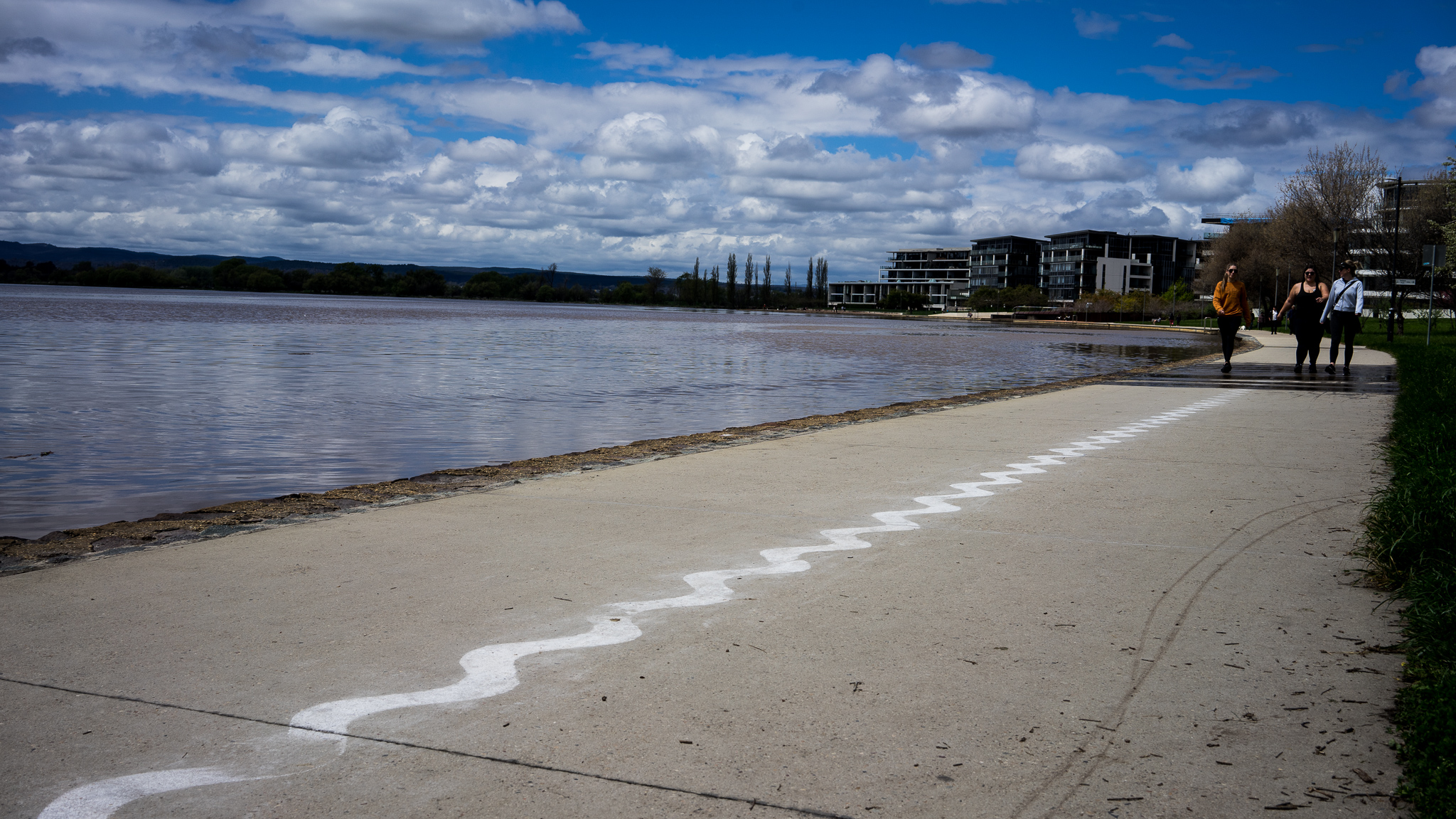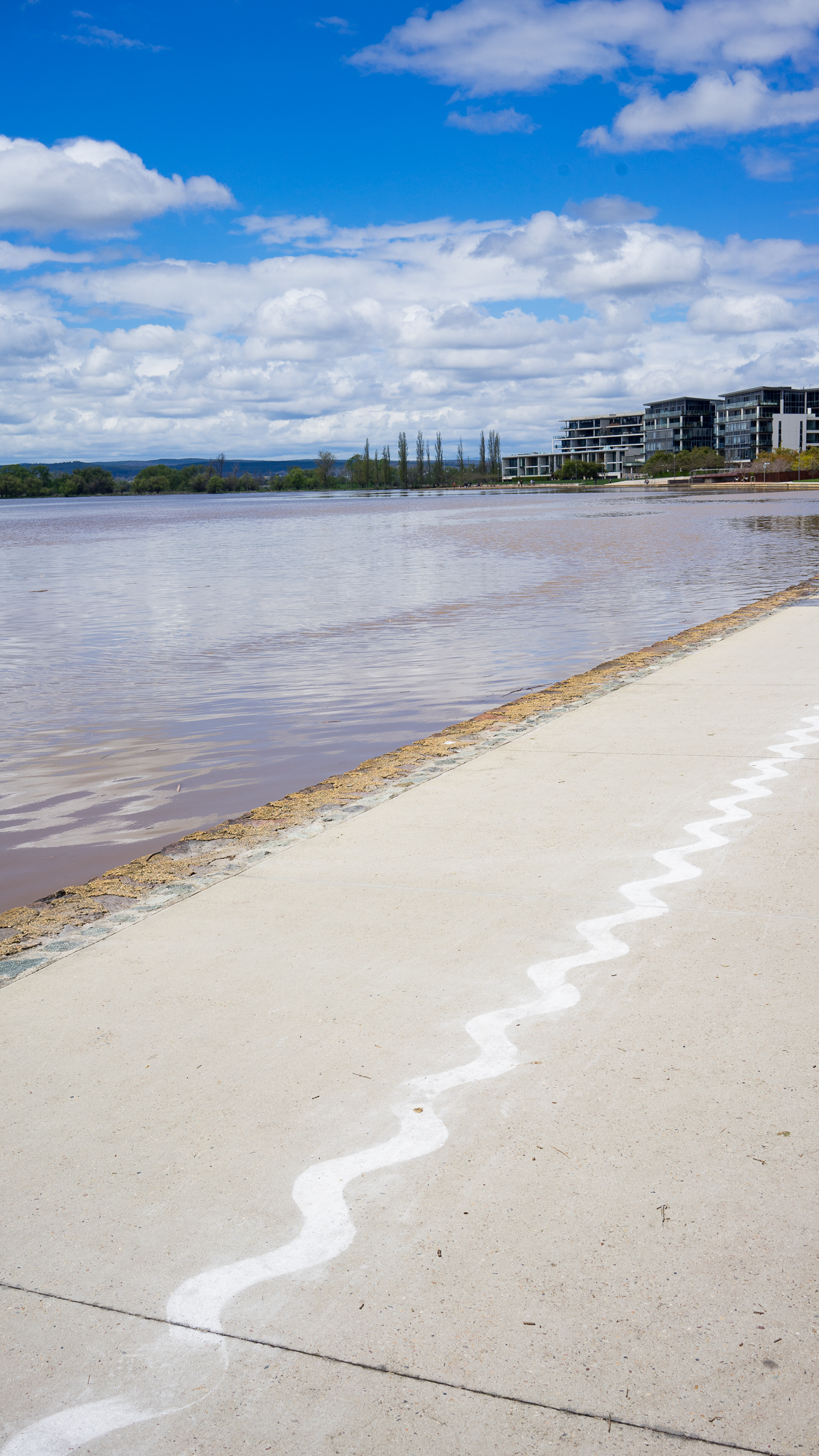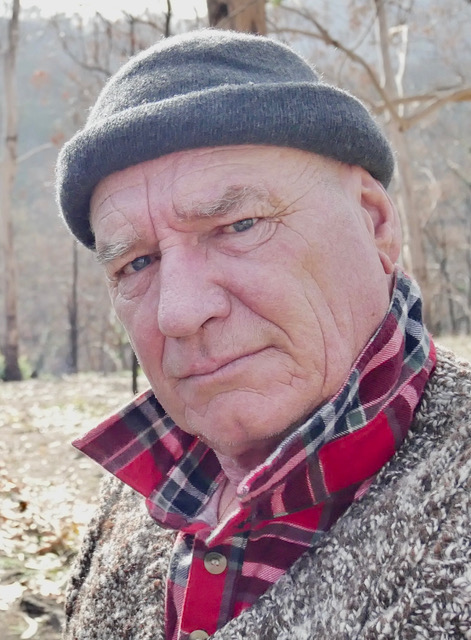Harijs Piekalns
About the work
The term ‘Limestone Plains’ designating the area around the ACT, was coined by Charles Throsby who built the first homestead on the southern tablelands in 1820. By 1833 limestone was quarried in Acton and Majura and fired in brick kilns to make lime for mortar.
This limestone was formed during the Silurian geological period 440 million year ago.
It contains fossiliferous sea life including corals which grew in mounds in the shallow seas covering Gondwana at this time.
Much of the surface limestone was subsumed by the development of Canberra’s city precinct, Lake Burley Griffin and suburbs. Many caves still exist below the city between 8 and 36 metres below the surface.
The wave form defining the limestone, is one of the geometric manifestations symbolising the earth Goddess Mara in Latvian Pre-Christian belief. The same form represents water for the local First Peoples.
Images




About the artist
Harijs Piekalns makes paintings, photographs, sculpture and ephemeral installations recorded as moving image.
His practice comprises pre-modern painting techniques utilising found ochre sourced from the Far South Coast of NSW and various locations in Australia. Piekalns’ geometric abstractions are derived from meditations based on pre-Christian/pre-alphabetic symbols or runes which form part of his Latvian heritage.
Ochre provides the material foundation for his practice. Each ochre pigment is a tacit example of the country from which it originates. A metaphoric bond exists between the pigments used in each work and the source of the ochre.

- WAVE ACTION/Limestone Plane
- 2022
- Stencilled crushed limestone. Binder: rabbit skin glue.
- Sculpture
- 12.0 cm x 55.6 metres
